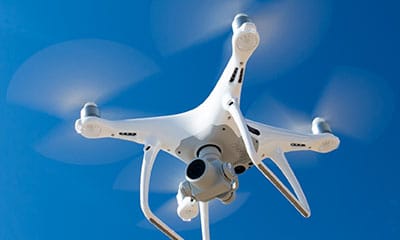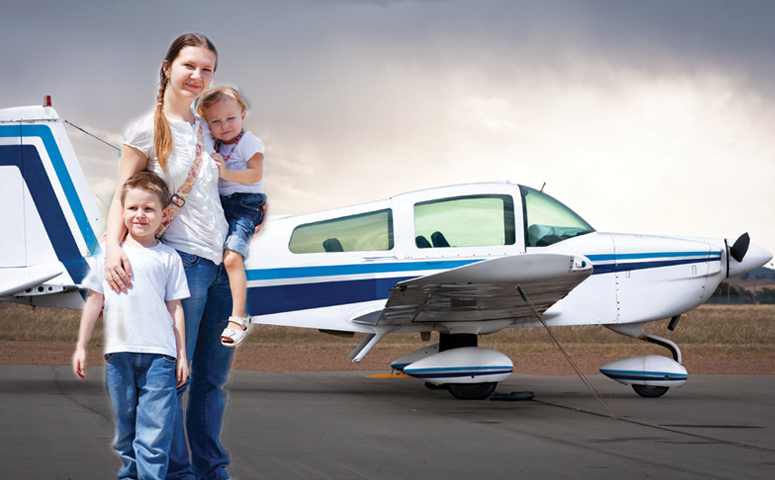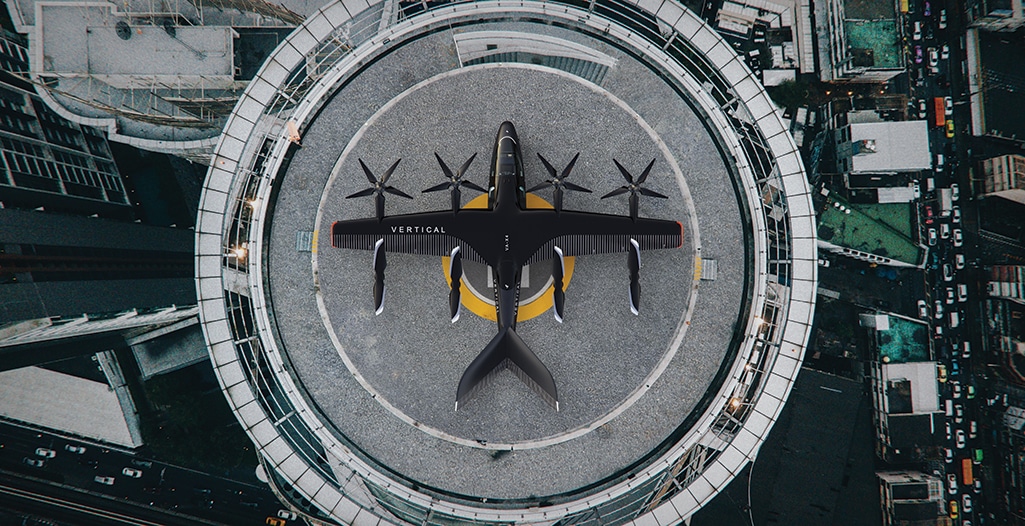The Journey to Net Zero: Carbon Offsetting
In the past two years, there has been a seismic shift in how individuals and companies think about their impact on the environment. It is widely accepted that movement toward a low-carbon world, as quickly as possible, is of critical importance. This cannot happen overnight. For most industries, including aviation, this is an enormous challenge.

Air transport is a vital feature of our modern, globalized world, but decarbonising the aviation business model requires systemic changes and consumers are increasingly worried about the impact flying has on climate change.
At the 2021 United Nations Climate Change Conference (COP26), 23 nations, including the U.K. and U.S., formed the International Aviation Climate Ambition Coalition, which aims to:
- Reduce aviation CO2 emissions in line with the Paris Agreement, to limit the global average temperature increase to 1.5°C
- Support the adoption of an ambitious goal toward net zero CO2 emissions by 2050
- Ensure the maximum effectiveness of the Carbon Offsetting and Reduction Scheme for International Aviation (CORSIA—discussed below)
- Promote the development and deployment of sustainable aviation fuels (SAF), which will cut emissions by up to 80%
- Promote the development and deployment of innovative low- and zero-carbon aircraft
However, these aims must run in parallel with doing what we can today, and carbon offsetting is an immediate and measurable way for individuals and businesses to take responsibility for their current carbon footprint whilst on their journey to net zero.
What Is Carbon Offsetting?
Carbon offsetting is an important part of an effective climate or carbon management strategy to offset, or balance, the residual emissions that cannot currently be reduced.
When an activity like air travel produces CO2 emissions, these emissions can be offset by preventing or reducing a similar amount of emission elsewhere. This compensation can be performed by airlines, airports or passengers.
Some examples include planting trees to sequester carbon from the atmosphere, investing in renewable energy solutions such as wind farms or hydro-electricity and delivering cleaner technologies that replace fossil fuels such as energy-efficient cooking stoves in developing countries.
Any carbon offset project must meet three criteria to be effective:
- There must be additionality. The reductions in emissions achieved by the project would not have occurred unless the project was implemented.
- There must be no leakage. You cannot reduce emissions in one place if it means they’re increased somewhere else.
- It must be permanent. The reduction won’t be reversed in the future. (This can be a challenge for forestry projects.)
An additional benefit is that many offsetting projects also deliver positive outcomes for local communities, economies, health and the natural world, contributing to the UN sustainable development goals.
What Are Aviation Companies Doing About This?
In the aviation industry, there is the ICAO-backed Carbon Offsetting and Reduction Scheme for International Aviation (CORSIA). Whilst still voluntary, the CORSIA scheme is aimed at helping the sector achieve its climate targets in the short and medium term by complementing emissions reduction initiatives.
It is a market-based solution that airlines are using as a step toward becoming net zero by 2050. Currently, 88 states, representing over 77% of international aviation activity, have agreed to participate voluntarily in the first phases of CORSIA.
Airlines participating in CORSIA from 2021 will keep a record of their emissions. No later than the end of a three-year period, they will begin to buy their carbon offsets from the Aviation Carbon Exchange run by IATA. The amount of offset isn’t calculated solely on the airline’s emissions, but rather proportionally calculated on the growth of emissions of the whole industry above a 2019 baseline.
IATA says that, “This marketplace will provide airlines and other aviation stakeholders (such as airports and aircraft manufacturers) the opportunity to offset their carbon footprint by purchasing credits in certified projects that reduce carbon emissions.”
At an individual level, many airlines offer the opportunity for passengers to voluntarily offset the carbon emissions from their flights. Some airlines offer this at the time of booking, while many give passengers the choice of doing so separately from the booking. Many passengers don’t know the option exists, and even more are confused (or dubious) about whether to participate. It is currently estimated that less than 1% of passengers make use of voluntary carbon offsetting.
Some airlines, such as British Airways, have also introduced an option to pay an additional charge for part of your flight emissions to be reduced by using SAF. The airline will source the SAF quantity necessary to make 10% of your flight emissions carbon neutral. The difference in pricing is considerable. As an example, a return flight from London to Los Angeles in business class will cost £21.94 to offset, and £137.94 to offset with 10% of emissions reduced by using SAF.
What About Global Aerospace’s Approach?
Global Aerospace has partnered with Carbonfund’s Carbonfree® Program, investing in carbon offsets to compensate for the CO2 emissions generated by corporate air travel and office energy use. Carbonfund’s Quality Assurance Protocol ensures that every project meets or exceeds international certification standards.
Global’s 2021 certified offset projects include The Russas‐Valparaiso Tropical Forest Conservation Projects and the Crow Lake Wind Farm Project in South Dakota.
Offsetting is one part of Global Aerospace’s overall environmental strategy. The company is committed to being at the forefront of insuring new technologies, including SAF and low- and zero-carbon aircraft, enabling businesses to mitigate risks that will ultimately lead to a reduction in the emissions of the industry.




